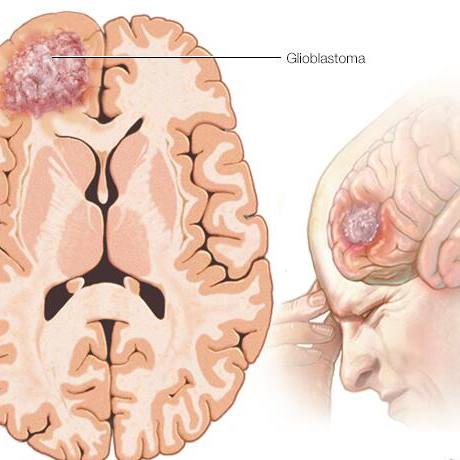-
Cancer
Lung Tumor Variability may be Important in Prescribing Immunotherapy

A Mayo Clinic study has revealed the inconsistent appearance of a specific molecule among multiple tumors within single patients with multifocal lung cancer. The study results on the molecule called PD-L1, published in Clinical Cancer Research, may impact how physicians determine which patients are eligible for promising therapies.
“PD-L1 predicts responses to novel immunotherapies, but its use to select patients to receive immunotherapy in lung cancer is confusing,” says Aaron Mansfield, M.D., an oncologist at Mayo Clinic’s Minnesota campus and corresponding author of the article. “Our study emphasizes that the current strategies may not be sufficient to identify patients who may potentially benefit from the therapy.”
Tumor cells can express PD-L1 as a defense mechanism to prevent immune cells from killing them. That has prompted development of therapies to target that action. Patient eligibility for those treatments is typically determined by measuring PD-L1 levels in biopsies of single tumors. However, single patients can have multiple tumors and this study shows that some may express PD-L1 while other may not, calling into question the current eligibility criteria. Broader tests may more accurately predict responses to therapy.
“Blood-based markers or imaging techniques may complement or improve our current selection strategies,” according to Dr. Mansfield.
The researchers also found that PD-L1 expression variability often occurs with lung tumors that arose independently from one another in single patients. Metastatic lung tumors that are related to each other were much more likely to consistently express or not express PD-L1, another finding that could help physicians more accurately determine how individual patients will respond to therapy.
- Adam Scheid, January 29, 2016







